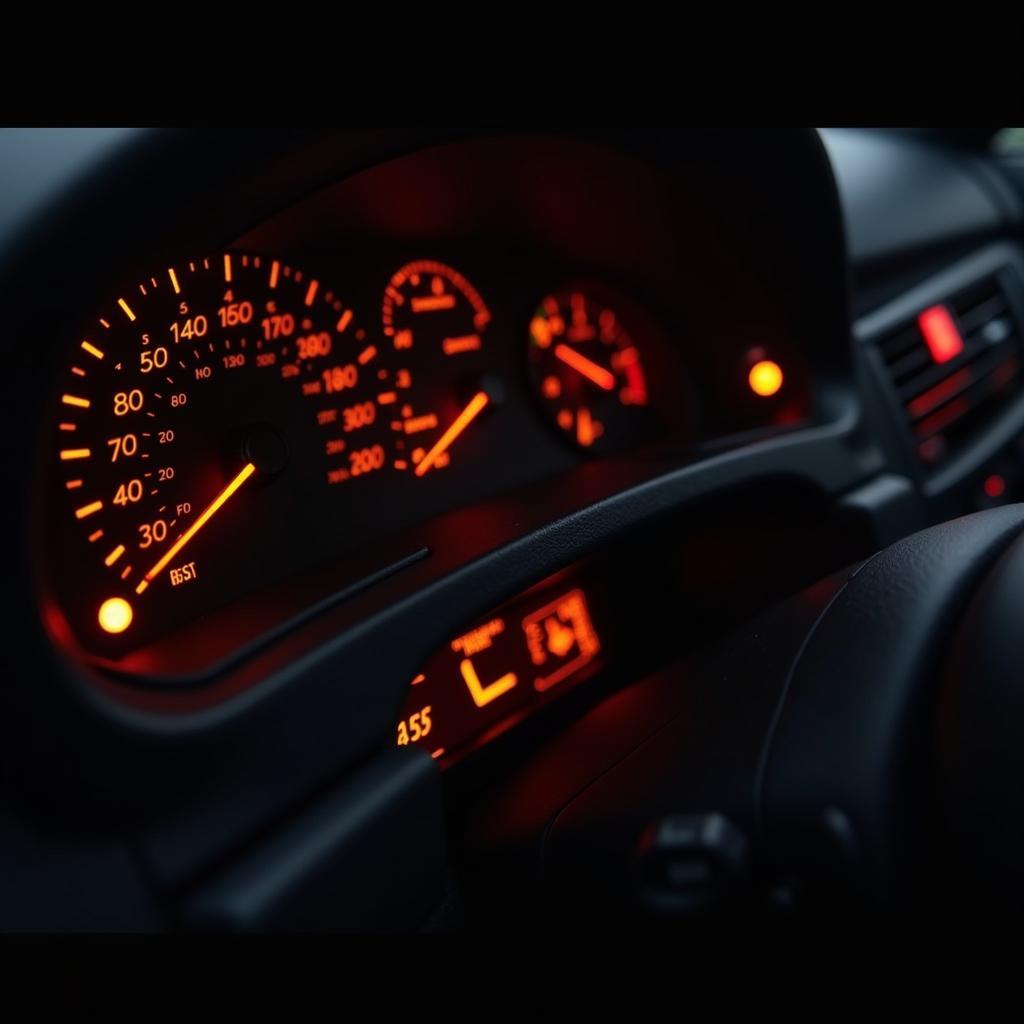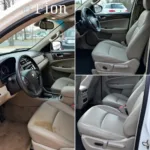Knowing what service your car needs can be a daunting task. With so many components and potential issues, it’s easy to feel overwhelmed. This comprehensive guide will equip you with the knowledge to determine exactly what your car needs, ensuring it stays in top condition for miles to come.
Understanding Your Car’s Maintenance Schedule
The best way to keep your car running smoothly is to adhere to its recommended maintenance schedule. Your owner’s manual is the ultimate source for this information. It outlines specific services and their frequency based on mileage or time intervals.
Commonly recommended services include:
- Oil and filter changes: Essential for engine lubrication and performance.
- Tire rotations: Promote even tire wear and extend tire life.
- Brake inspections: Ensure safe stopping distances.
- Fluid checks and top-offs: Maintain optimal levels for various systems.
Recognizing Warning Signs
While following the maintenance schedule is crucial, your car may require service between scheduled appointments. Be vigilant and watch for these common warning signs:
- Dashboard warning lights: Never ignore illuminated warning lights, as they indicate potential issues.
- Unusual noises: Strange sounds like grinding, squealing, or knocking could signify problems with brakes, belts, or the engine.
- Fluid leaks: Any colored fluids pooling under your car should be inspected immediately.
- Changes in performance: Noticeable decreases in fuel efficiency, acceleration, or handling could indicate underlying issues.
Types of Car Services
Car services can be categorized into three main types:
- Routine maintenance: Scheduled services like oil changes, tire rotations, and inspections.
- Repairs: Addressing specific issues that arise, such as a failing alternator or worn brake pads.
- Preventative maintenance: Proactive services aimed at preventing future problems, like flushing fluids or replacing worn belts before they fail.
Getting a Professional Diagnosis
When in doubt, it’s always best to consult a qualified mechanic for a professional diagnosis. They have the expertise, tools, and experience to accurately identify any issues and recommend appropriate solutions.
Here are some tips for choosing a reputable mechanic:
- Ask for recommendations: Seek referrals from friends, family, or online reviews.
- Check certifications: Look for ASE-certified mechanics, indicating a high level of competency.
- Get multiple quotes: Compare prices and services offered by different shops.
- Communicate clearly: Explain the symptoms you’ve experienced and ask questions about the diagnosis and recommended repairs.
Conclusion
Understanding what service your car needs is essential for its longevity, performance, and your safety. By following the manufacturer’s maintenance schedule, recognizing warning signs, and seeking professional help when needed, you can keep your car running smoothly for years to come. Remember, preventative maintenance and timely repairs are always more cost-effective than dealing with major breakdowns down the road.
FAQs
Q: How often should I change my car’s oil?
A: Refer to your owner’s manual for specific recommendations. Generally, it’s recommended every 3,000 miles for conventional oil or every 5,000-7,500 miles for synthetic oil.
Q: What does it mean when my check engine light is on?
A: It could indicate a range of issues from a loose gas cap to a more serious engine problem. Get a diagnostic scan to pinpoint the cause.
Q: Can I do car repairs myself?
A: While some minor repairs can be DIY projects, it’s best to leave complex repairs to qualified mechanics.
Common Car Service Scenarios:
Scenario 1: You hear a high-pitched squealing noise when you start your car.
- Possible Cause: Worn serpentine belt
- Solution: Replace the serpentine belt.
Scenario 2: Your car pulls to one side when braking.
- Possible Cause: Worn brake pads or a stuck caliper on one side
- Solution: Replace brake pads and/or inspect calipers.
Scenario 3: Your engine is overheating.
- Possible Causes: Low coolant, a faulty thermostat, or a problem with the radiator.
- Solution: Have the cooling system inspected and repaired as needed.
For more information on specific car service needs, explore these helpful articles:
- How is free service car home pick up Tata?
- Can I get car cover for i20 in service center?
- Should I sell my car after major service?
- What is included in free car service?
- What is included in a full car service?
Need further assistance with determining what service your car needs? Contact our expert team via WhatsApp at +1(641)206-8880 or email us at [email protected]. We offer 24/7 support to address all your car service queries.

